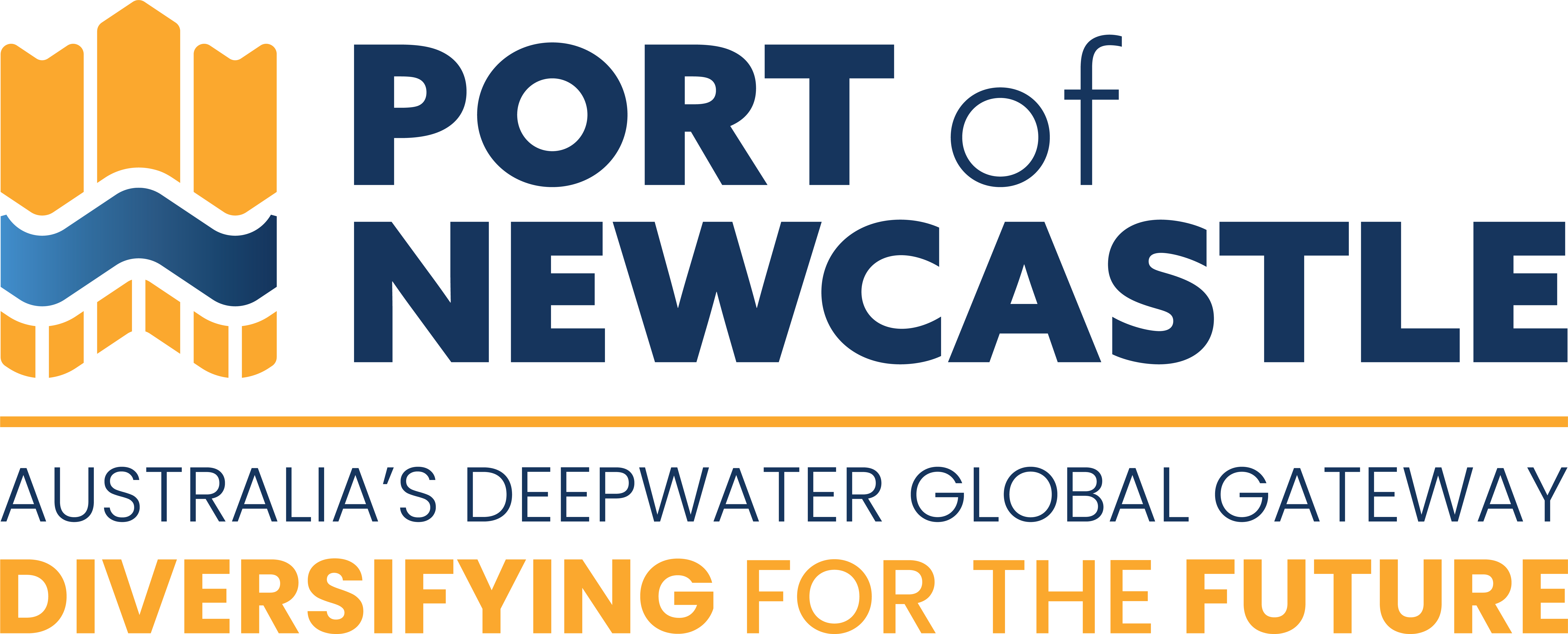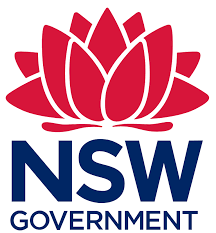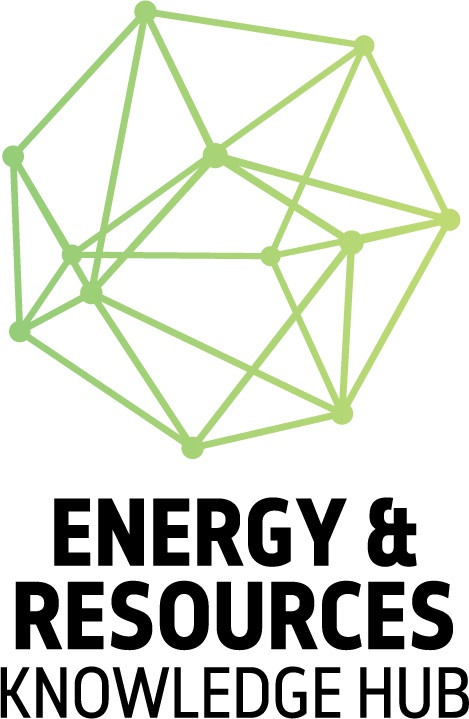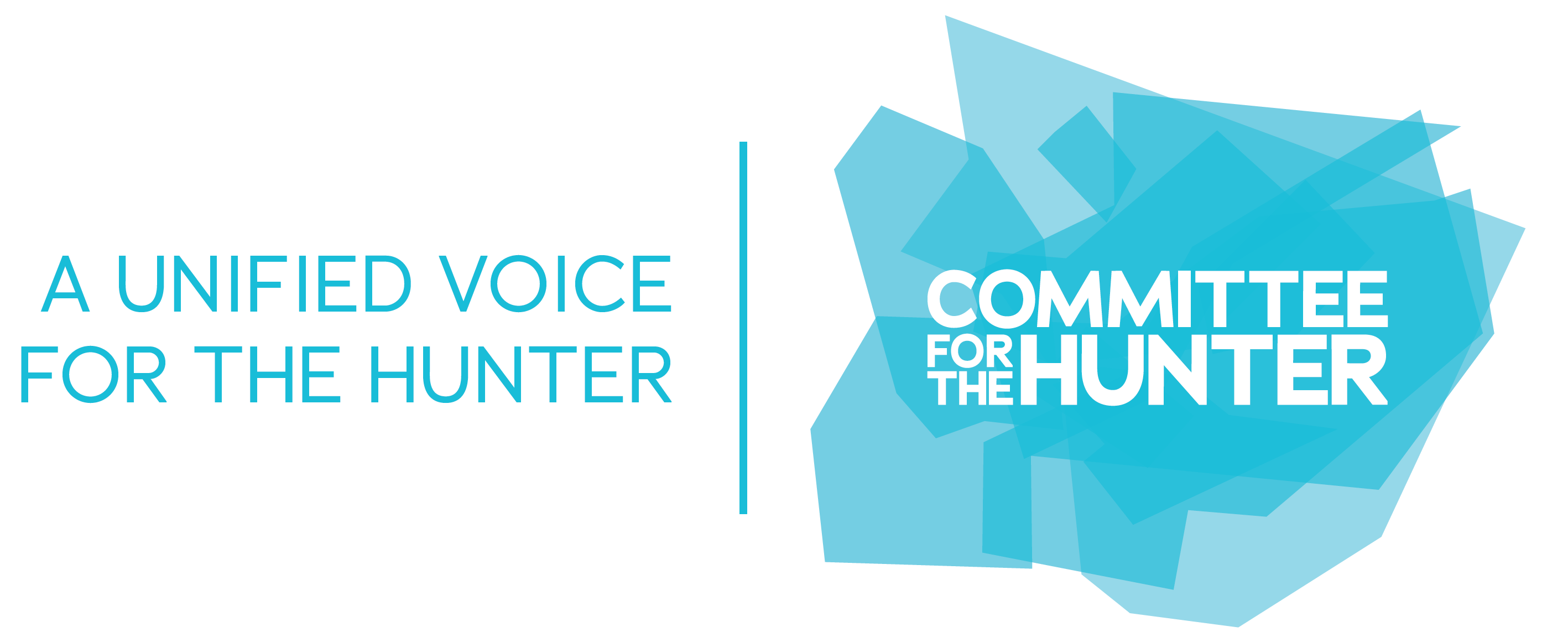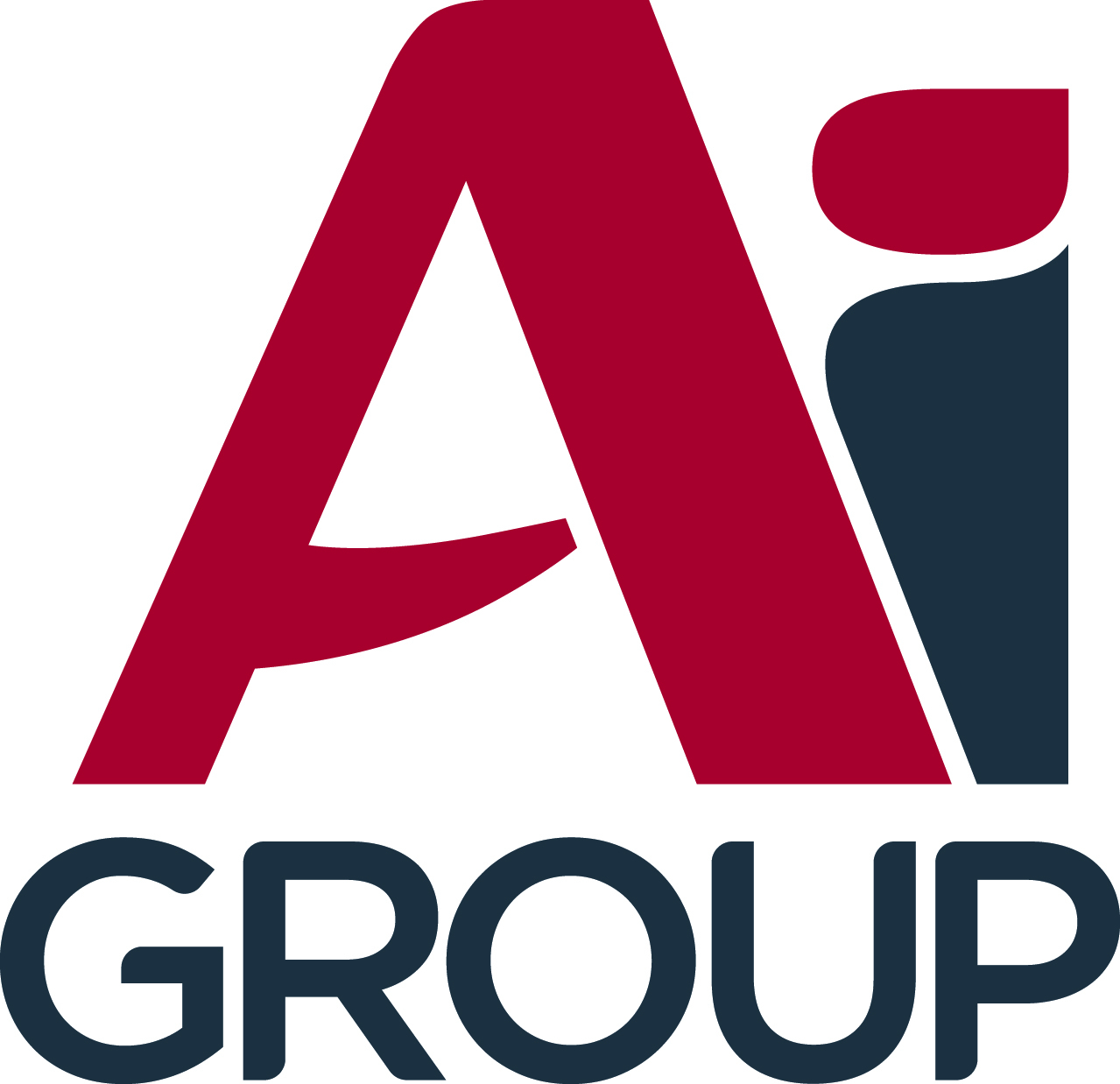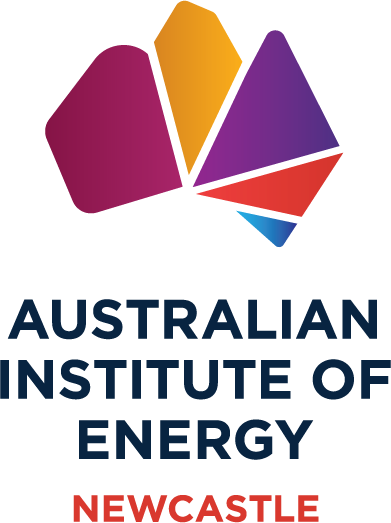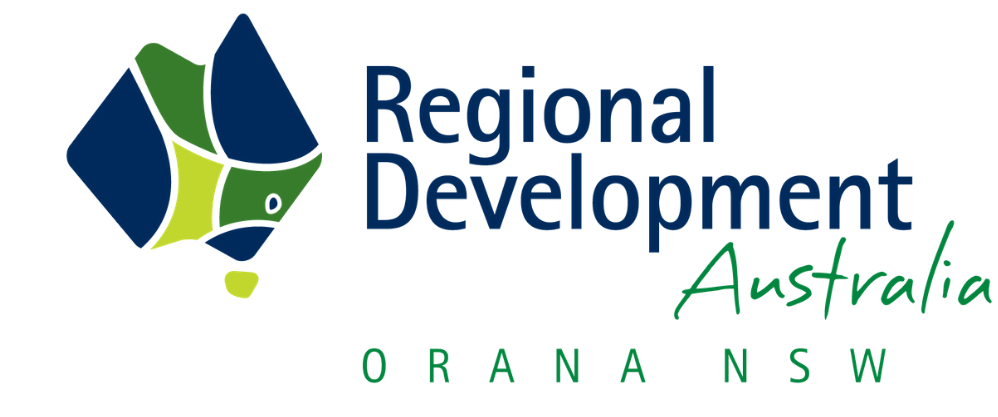AECR 2022 records hydrogen project boom in annual energy assessment
2021 saw a 43 per cent increase in total hydrogen projects in Australia, whilst the number of operational projects rose from 3 to 20.

Geoscience Australia has released the updated Australia’s Energy Commodity Resources (AECR) assessment for 2022.
This year’s assessment reaffirmed Australia’s position as a leading global energy producer and supplier going into the current world energy crisis, and highlights the impact the pandemic had on global production and demand for energy commodities.
AECR 2022 highlights emerging opportunities for Australia as the world moves towards net zero.
“Australia continues to have strong gas reserves, which will help smooth the transition to a low-emissions economy by acting as a firming fuel for renewables,” Minister for Resources and Northern Australia Madeleine King said.
“Our unique geology is also being used to tap into emerging opportunities and help decarbonise our economy.
“We saw a 43 per cent increase in total hydrogen projects in Australia in 2021, with the number of operational projects rising from 3 to 20. While many of these projects are small in scale, their potential is enormous.
“Australia also continues to invest in carbon capture and storage initiatives to reduce the amount of carbon dioxide released to the atmosphere. The International Energy Agency has identified CCS as essential to the world reaching net zero emissions.
“This is in addition to the central role Australia will play in critical minerals and rare earths development for energy storage and electrification.”
The assessment also includes detailed analysis of Australia’s non-renewable energy resources comprising uranium, coal, oil and gas commodities in 2020 and 2021.
Not only did Australia remain the world’s largest exporter of liquefied natural gas and metallurgical coal, but at the end of 2020, the nation also became the world’s second largest producer of uranium.



